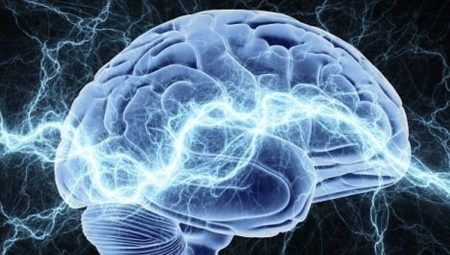The process of remembering any information does not begin with the work of the brain, but with the perception of facts and events by the senses. It's about sensory memory. Let's see what it is and how to train it.
What is it and why is it needed?
In psychology, it is referred to the memory subsystem, which ensures the retention of the products of sensory processing of new information, perceived by the nerve cells of the senses for a very short period of time. This type of memory is needed as the initial stage of image retention for long-term preservation of it in the future. At this stage of memory, new material is processed to transfer it to the next subsystem - short-term memory. Information can immediately go into long-term memory, bypassing the level of conscious processing.
Sensory memory works regardless of the desire of the individual. This type of memory is conditional, since holds only physical attributes without their semantic coding. These signs are equal to the volume of perception. The touch copy of information has a large capacity. During processing, some signals are erased from the memory due to the rapid fading, destruction and masking of informative traces at the sensory level.
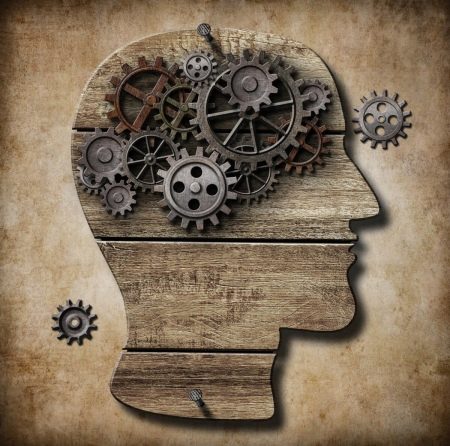
Old events are instantly replaced by new information.
The touch register is an overly short-term voluminous repository of concepts, thanks to which the individual perceives the world in its continuous integrity. Otherwise, everything in the human imagination would consist of unconnected images. Blinking of the eyes would lead to the forgetting of all previous events. Sounds would also be torn fragments.Babies see the world as a concentration of color spots, because their senses are still underdeveloped.
Features
Sensory memory is the primary stage of memorization. It acts at the level of receptors that perceive any irritation from the outside world or internal environment and convert them into nerve signals. The information leaves instant prints on the peripheral areas of the analyzers. The time to save information traces is negligible. Material processing is carried out within 0.25-0.5 s. If during this time the data has not advanced further, then they are forgotten, and the touch register is replenished with new signals. Screening of information.
This type of memory does not create any obstacles to remembering large informative blocks. A distinctive feature is the unlimited capacity for the stored facts. The process of recording all the information is continuous. The speed of receipt of information is so high that the information does not have time to be processed at this stage. Illusions are created in thoughts. For example, there is no movement on the TV screen, but the pictures change each other so quickly that an illusion of movement appears.
In this way, sensory memory is characterized by a very short-term storage of incoming material, which immediately goes into another subsystem or is completely lost. At this stage, the information is saved unchanged. They cannot be delayed, sharpened or reproduced. It is impossible to consciously control the processes that occur at the sensory level of perception. Such a memory functions in the moments of eye movement and in the minutes of blinking, provides the usual perception of the world.
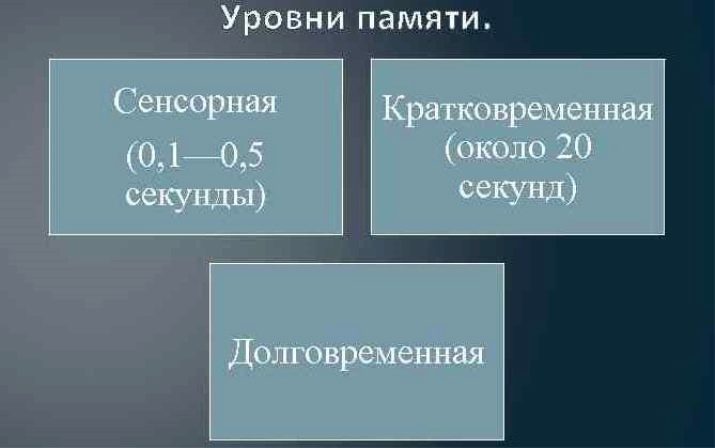
Varieties
The structure of the sensory subsystem has several levels of modal varieties. The analog code of the touch register contains visual, sound images and tactile sensations. Depending on this they distinguish iconic (from the word "icon" - image) and echoic (from the word "echo") memory.
Iconic
The trace of this stimulus is reproduced using a visual analyzer. Portrait fixation occurs. The storage level varies from 0.25 to 0.75 s. It is determined by the individual interests of a person, features, creative and intellectual abilities, life experience. The influence of the emotional background on the visual appearance of the sensory register is of great importance. At its high level, the effect of reverse masking is ensured.
Image codes enter the brain structure instantly. Due to this, the boundaries of the visual field are regularly expanding. In the emerging new information, the individual sees features of previous facts. A person has an illusion in relation to what he sees. The functioning of the iconic memory can be easily checked by quickly holding a pencil in front of the eyes. A vague trace will remain behind him.
Unconsciously, the re-drawing of events begins.
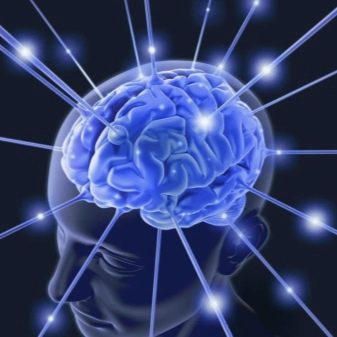
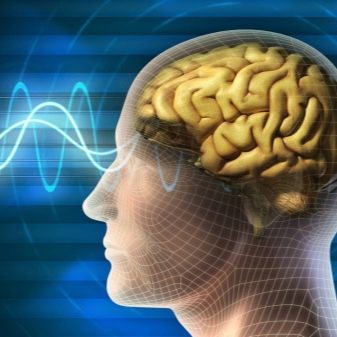
Echoic
For a trace of a brief auditory stimulus, sensory memory is characteristic rather long storage of images in comparison with the visual trail. Acoustic Information Received can be stored for 1 to 3 seconds. This property makes it possible to catch not individual sounds, but to perceive an integral melody.
A touch copy provides integration into the image of sequentially incoming audio information. For remembering, the rhythm and strength of the sounds, the timbre of the voice, matter. The ability to reproduce previously obtained information depends on the processing speed of the heard material.

How to train?
The brain is plastic. Daily workouts develop it. Often, problems with memorization arise due to inability to concentrate. Sensory memory determines the interconnection of all senses. Sometimes it’s enough for a person to concentrate on remembering in moments of receiving new information.
Sensory Memory Improves. Learning foreign languages, replenishing the vocabulary, acquiring new knowledge contribute to obtaining the desired result. It is necessary to repeat the newly acquired knowledge for several hours. Then you need to switch yourself to another type of activity. Then again, return to repetition.
In the early days, information is forgotten quickly, so it should be tied to some images or emotions. The thought stream must be turned into a visualization of bizarre images. Creating associative relationships helps to keep information in the head for a long time.
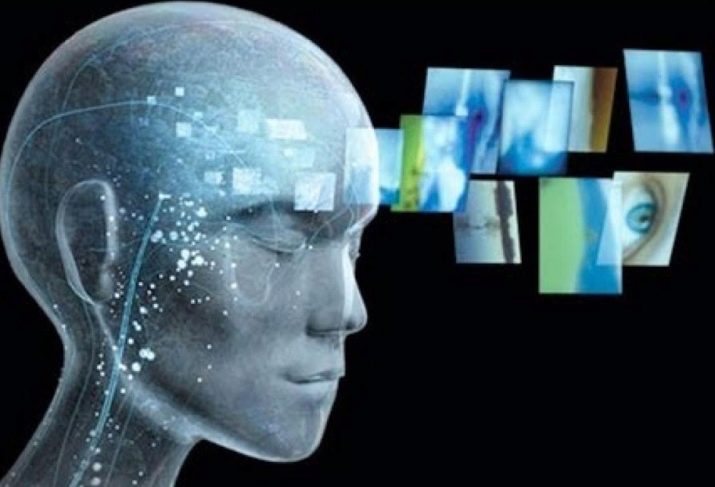
There are a lot of exercises for memory training.. It is advised to look at any picture, and after 2 seconds to close your eyes and mentally recall the image. Then you need to open your eyes and look again at the picture: whether it was correctly reproduced in the imagination.
Another exercise involves scattering several pens in a chaotic manner. Then their location is recorded in memory and after a few seconds the pens are laid out in the same order on the other table without peeping. With easy playback of the original location, the number of pens is increased.
Desirable every day to learn a few quatrains by heart. This enhances memorization. It is recommended that every day in the evening, one recalls the past day in detail, but in reverse order: reproduction begins with preparation for going to bed and ends with awakening.
Improving memory also contribute to a mobile lifestyle, good nutrition, healthy sleep, avoiding stressful situations and negative emotions.
